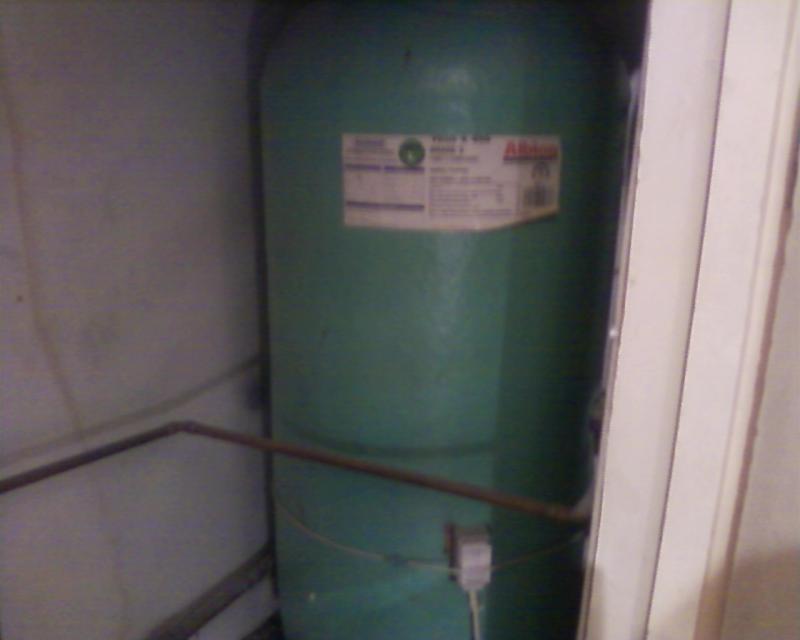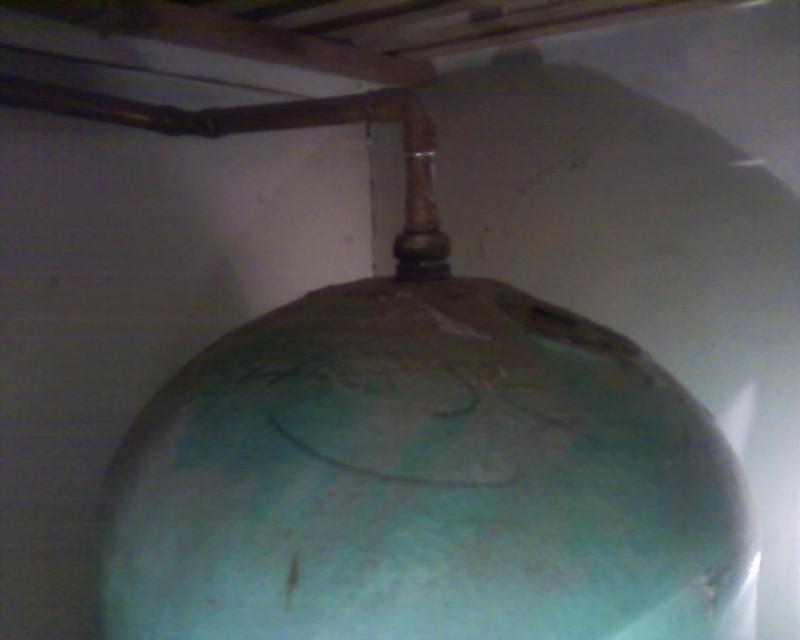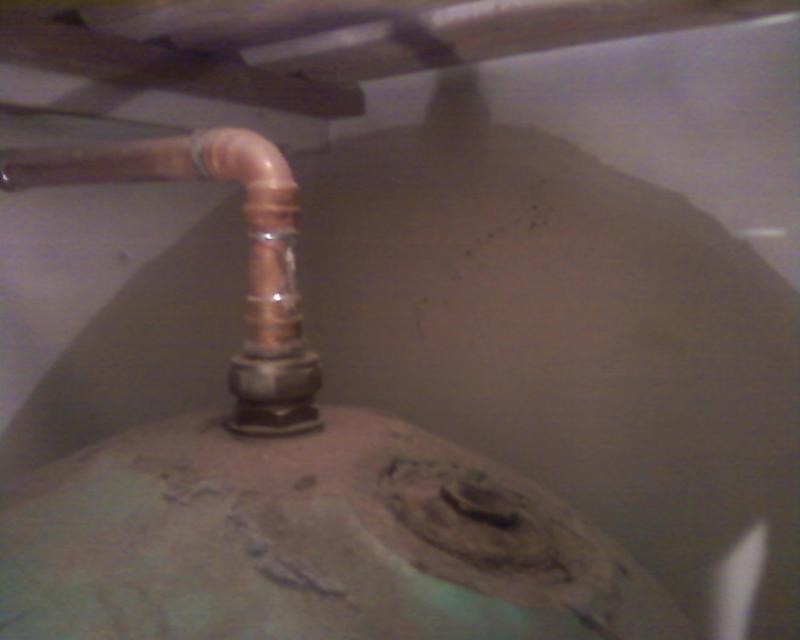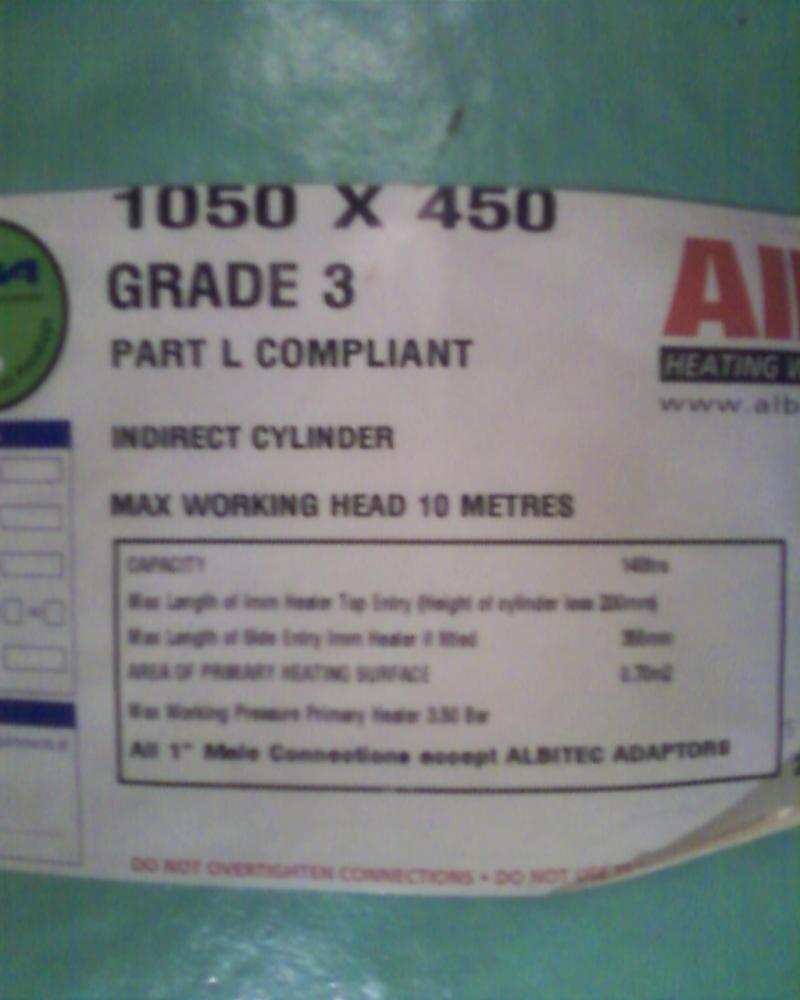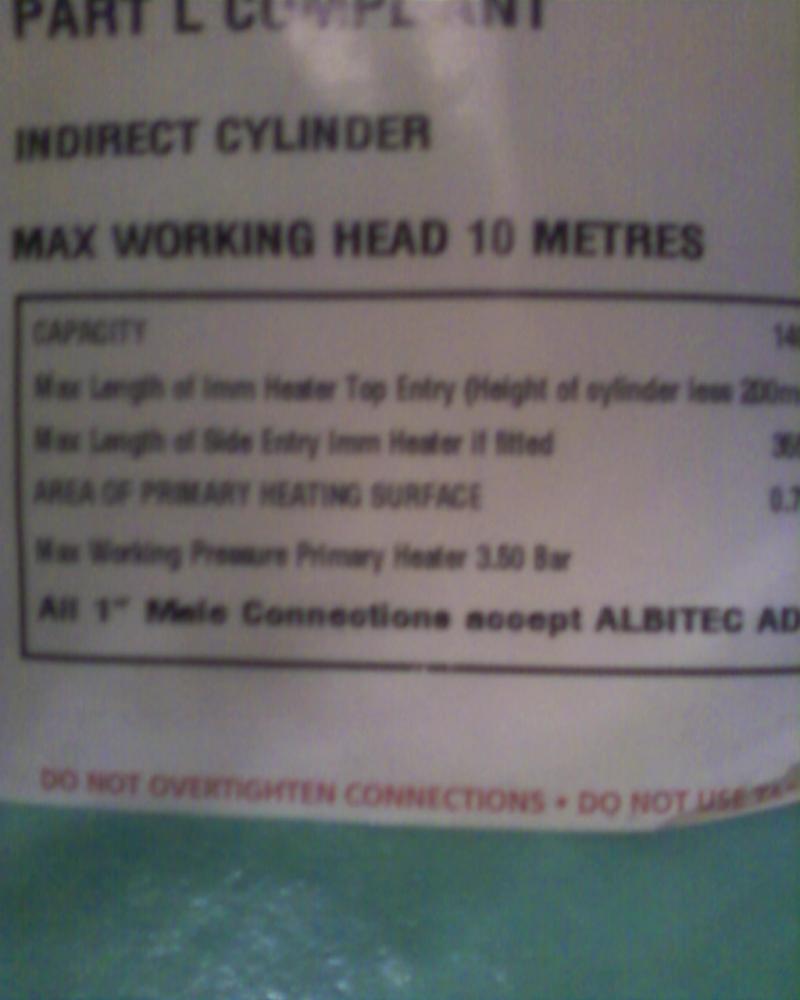Mira would I daresay also recommend that the pipe from the loft cistern to the HW cylinder input should be 28mm.
Yup they do. But it's not a loft cistern the cistern is in the airing cupboard and sits 80cm above the hot water cylinder.
Now think of the pump far away from the cylinder, with the same plumbing otherwise.
The power shower is going to go on the wall above the bath taps so the pump would be over ten metres away,.
Sure you might be sucking at the bathroom basin taps, (plus any others connectd close by) but that often doesn't matter while you're in the shower.
Precisely the reason why I want to have a seperate shower feed. In my house the only time the other half wants to be in the bathroom is when I am in there as well. Apparently she gets "lonely"


otherwise. You can bet your last penny that once I am in the shower she'll burst in and start washing her face or brushing her teeth or (heaven forbid)

be on the loo.
Also there is a seperate toilet next door which others may well use to exact revenge against me

I know I would do it to them.


That's why plumbers often want to connect to the bath pipes - it usually works, unless you're VERY close to the cylinder.
Usually works... I don't want to have the work done only to discover later that had I held out for what I wanted, instead of caving in to bullying tactics, I wouldn't have had any problem at all.
My position is why take the chance just do all you can, when you can. If the problem still develops then C'est la vie you did all you could now just shower as best you can and get on with your day.
But for a problem to develop because I didn't listen to my mind and instead tried (to my way of thinking anyway) to cut corners. I'd sooner raze the house to the ground than step foot in the bathroom ever again. a bit OTT I know but i'm different like that

Don't get me wrong I can understand why plumbers choose to tee off the bath I recognise that it is not necessarily wrong or bad practice and that I am probably being OTT by asking for a seperate feed. I am not criticising them for
wanting to tee.
My criticism is that after asking them to put in a seperate feed they refused,
fair enough no problem, said they were busy and it was too much work,
fair enough no problem. But then when they realise I am not changing my mind they immediately lose all professionalism and start becoming condescending to the point of offensiveness... all
4 of them
why? 
. So I am being OTT, so what....
If it can't be done at all, then i'll accept that but I was not asking them to break any regulations or to plumb the bath in upside down. If you don't want to do it,then don't, just make way for somebody with more time and willingness. No need to lose your professionalism and turn on a prospective client.
It's easy to be paranoid about pipe sizing too
Yeah that's me


, paranoid about the number of elbows as well

Hence the previous post (which I would really appreciate if you could answer BTW

).
I don't know why more people don't use Essex flanges. They don't disturb anything, it takes several seconds to drill the hole, and about a minute to screw the thing in. True you have to drain some water, but hey...???
So you think an essex flange for my situation is the way to go? Contrary to other opinions I have been given but I will definitely look into it.
Thanks ChrisR.


